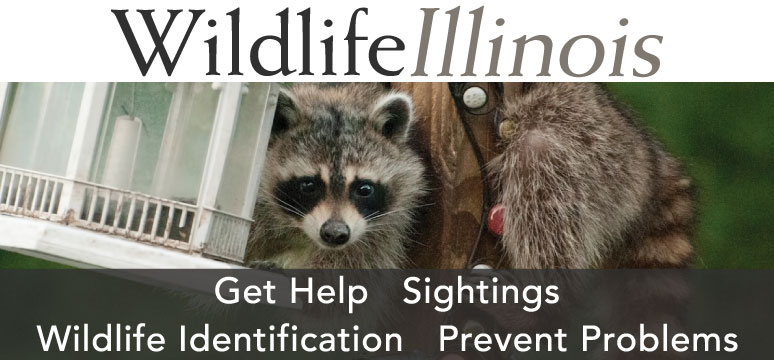
Photo by Lynn Hawkinson Smith



Photo by Lynn Hawkinson Smith
Keeping up with cutting-edge wildlife research taking place throughout North America, as well as changes in state and national wildlife-oriented programs and legislation, can be a daunting task. Here we briefly summarize some of the key work taking place that will be of interested to wildlife enthusiasts and provide links so you can research of topics of interest.
The 2018 Farm Bill was signed into law on December 20, 2018 and creates the largest single source of federal funding for private land conservation. Learn more about the bill, including The Wildlife Society’s responses to the conservation practices, at http://wildlife.org/farm-bill-funds-conservation-and-invasive-species-control/.
Scientists at the University of Alberta recently published a report citing that a compound in soil could play an important role in combating Chronic Wasting Disease. Researchers found that high levels of major compounds in soil organic matter, humic acids, degrade the prions that cause the lethal disease in cervids. For further information visit http://wildlife.org/compound-in-soil-fights-chronic-wasting-disease/.
Researchers at Texas A&M University were interested in learning if pesticides could be contributing to the decline of bobwhite in their state. Examining specimens from three areas they found evidence of neonicotinoid insecticide exposure, which birds picked up by direct contact with the insecticide or by eating exposed plants, seeds or affected insects. European studies also have found that neonicotinoids can negatively affect birds. For further information visit http://wildlife.org/jwm-study-finds-bobwhites-exposed-to-pesticides/.
A study published in Biological Conservation reports research from Michigan State University that examined the possibility of using northern bobwhites as an umbrella species for conservation of grassland and shrubland ecosystems rather than an endangered or threatened species. An advantage of focusing on a more common species, such as quail, is that they do fairly well in an agricultural setting. In the study quail were found to be a good predicator for several species listed as Species of Conservation Concern. For more information visit http://wildlife.org/game-birds-good-umbrella-species-for-conservation/.
The ingestion of plastics by seabirds is well documented, and researchers from Acadia University in Nova Scotia have published a report in Marine Pollution Bulletin citing the ingestion of significant amounts of plastic and garbage metal in waterfowl that spend most of their time on land. Researchers examined mallards, American black ducks and common eiders and reported that mallards ingested the most garbage of the three species, which they attributed to a mallard’s habit of feeding near the water’s surface where garbage accumulates. For more information read http://wildlife.org/game-birds-ingesting-plastic-and-garbage-metal-study/.
Kathy Andrews Wright retired from the Illinois Department of Natural Resources where she was editor of OutdoorIllinois magazine. She is currently the editor of OutdoorIllinois Journal.
Submit a question for the author